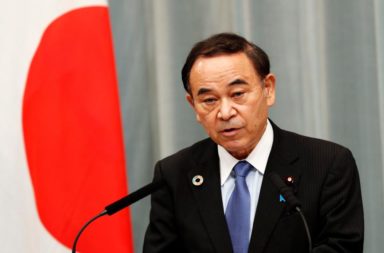EU leaders agreed recently to set an ambitious target to cut greenhouse gas emissions by 55% compared to 1990 levels by 2030. The deal came after more than 10 hours of negotiations late Thursday into Friday morning. The increase from an earlier reduction target of 40% was proposed by the European Commission in September but was met with resistance in some EU states. EU greenhouse gas emissions dropped by 24% between 1990 and 2019, according to the Commission. The economy, meanwhile, grew around 60% during the same period.
That target will replace the bloc’s existing goal to cut emissions 40 per cent by 2030, from 1990 levels. Five years after the Paris agreement, the EU wants to be a leader in the fight against global warming. Yet the bloc’s heads of states and governments were unable to agree on the new target the last time they met in October, mainly because of financial concerns by eastern nations about how to fund and handle the green transition.
European Council President Charles Michel, who chaired the talks, called the EU the leader in the fight against climate change, and said the target had been hard-fought but was “credible”. European Commission President Ursula von der Leyen said it would put the bloc “on a clear path towards climate neutrality in 2050”. The EU will present its target at a United Nations global virtual summit on Saturday. The EU emissions trading market already seeks to put a price on the carbon emissions that drive climate change.
Announcing the plan, European Commission President Ursula von der Leyen. She said it “puts us on a clear path towards climate neutrality in 2050.”
Great way to celebrate the first anniversary of our #EUGreenDeal!
#EUCO has endorsed our ambitious proposal for a new EU climate target.
Europe will reduce emissions by at least 55% by 2030.
It puts us on a clear path towards climate neutrality in 2050.
— Ursula von der Leyen (@vonderleyen) December 11, 2020
The deal comes after more than 10 hours of negotiations late Thursday into Friday morning. The increase from the 40% reduction target was proposed by the European Commission in September and was met with resistance in some EU states. Poland, backed by other coal-dependent central European countries, had been holding out for guarantees on funding to pay for a clean energy transition. The European Parliament, which itself is pushing for a slightly higher target, still has to approve the new emissions goal.





